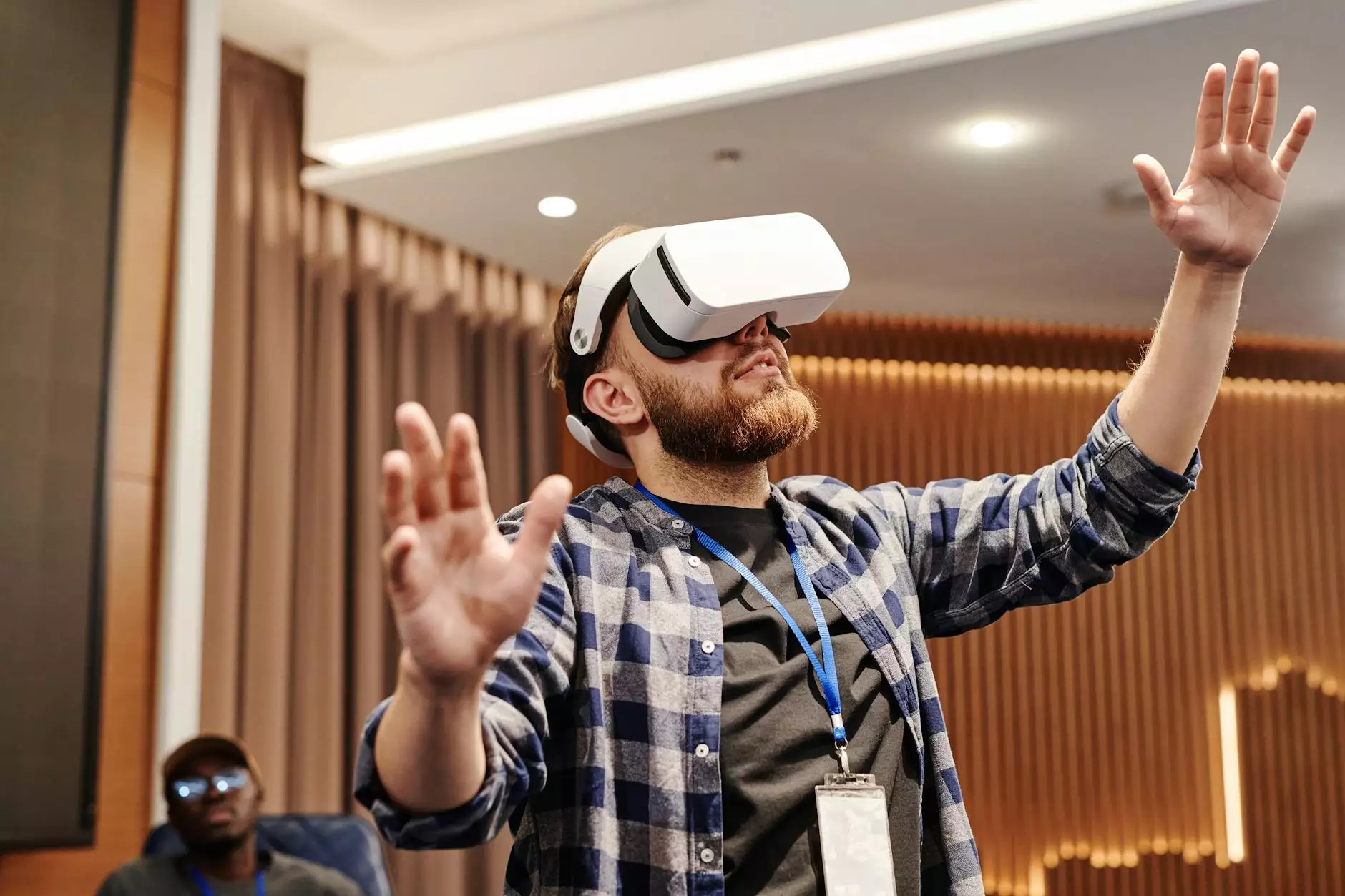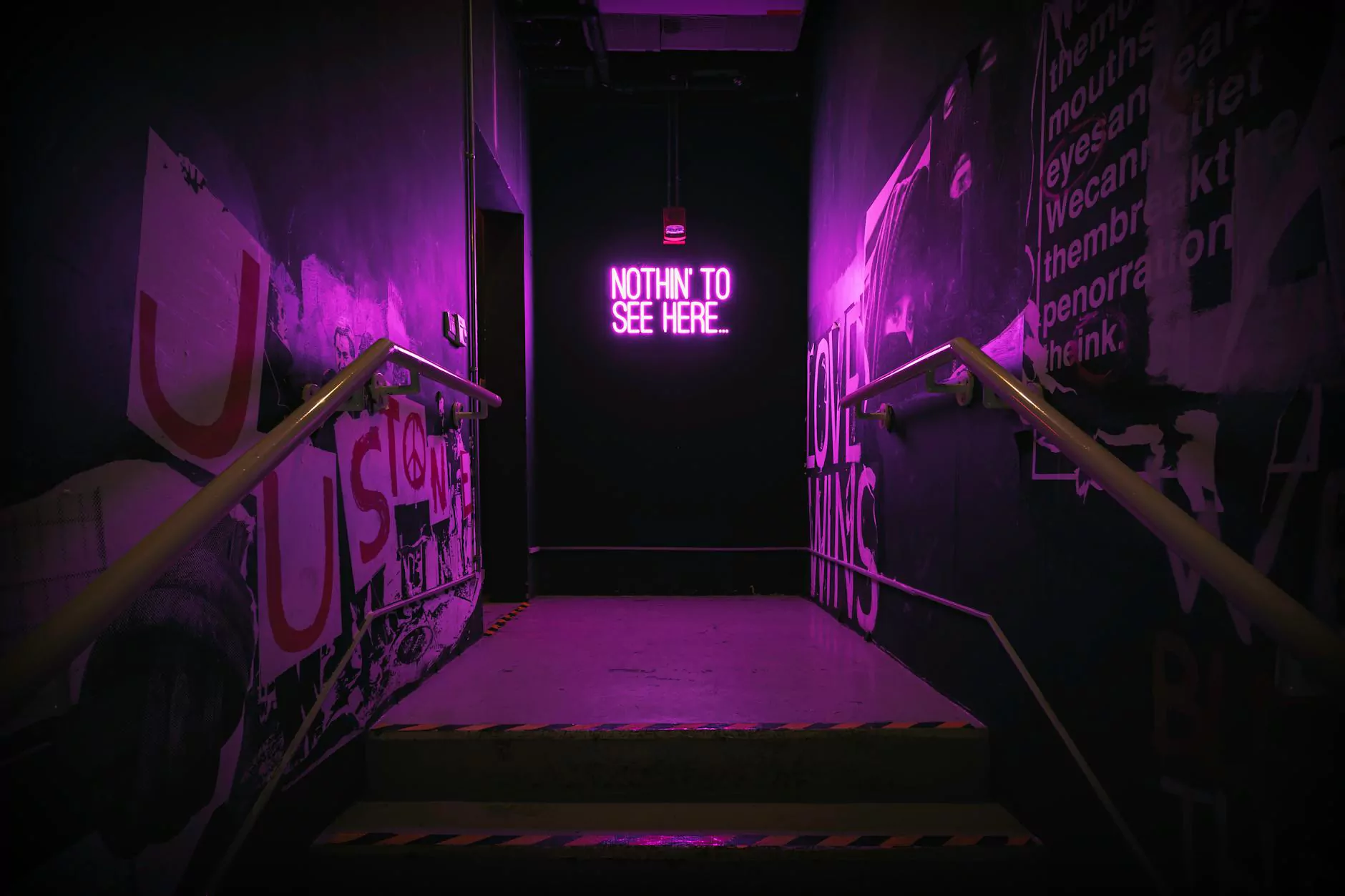Difference between Customer Journey and User Journey
Blog
Introduction
When it comes to understanding user behavior and optimizing the online experience, it is important to differentiate between the customer journey and the user journey. Both terms play a crucial role in shaping digital marketing strategies, especially in the business and consumer services - SEO services industry. In this article, we will delve into the disparities and similarities between these two concepts, shedding light on their significance in driving successful online campaigns.
Customer Journey: A Holistic Approach
The customer journey refers to the entire end-to-end experience a customer undergoes when interacting with a brand, product, or service. It encompasses the various touchpoints a customer encounters, from discovery and consideration to purchase and post-purchase stages. Understanding the customer journey entails comprehending their motivations, needs, and pain points at each stage. By mapping out the customer journey, businesses gain valuable insights into how to effectively engage with their target audience at every step of the buying process.
Stages of the Customer Journey
The customer journey typically consists of the following stages:
- Awareness: This stage involves capturing the attention of potential customers and making them aware of your brand or offering. It is essential to create captivating content that educates and sparks their interest.
- Consideration: Once the customers are aware of your brand, they enter the consideration stage where they evaluate their options. In this stage, it is crucial to provide them with in-depth information and address their concerns to nurture their interest.
- Decision: At this stage, customers are on the verge of making a purchase decision. They compare different products or services, read reviews, and seek validation. Offering personalized and persuasive content plays a vital role in influencing their final decision.
- Purchase: The purchase stage is the culmination of the customer journey when customers convert into paying customers. This stage involves seamless and frictionless transactions, exceptional customer service, and clear communication to ensure a pleasant buying experience.
- Retention: The customer journey does not end with a purchase. To build a long-term relationship with customers, it is crucial to focus on retention. This involves providing ongoing support, loyalty programs, and encouraging repeat purchases.
User Journey: Focusing on the Digital Experience
While the customer journey focuses on the end-to-end experience, the user journey is specifically centered around the digital touchpoints and interactions. The user journey primarily revolves around optimizing the user experience (UX) on websites, mobile apps, social media platforms, and other digital channels. It involves understanding user behavior, pain points, and preferences to create a seamless and engaging online experience.
Components of the User Journey
The user journey consists of several key components, including:
- Discovery: Users start by discovering a website, app, or social media platform. Effective search engine optimization (SEO) and digital marketing efforts play a vital role in ensuring a wider reach and visibility during this stage.
- Navigation: Once users have discovered a digital platform, they navigate through the various sections, pages, and features. An intuitive user interface (UI) and well-structured website architecture help users easily find the information they seek.
- Interaction: Users engage with the platform by consuming content, interacting with forms, making purchases, or taking desired actions. Optimizing the user interface (UI) and streamlining these interactions are crucial for a positive user experience.
- Conversion: In this stage, users make a specific conversion action, such as completing a purchase, signing up for a newsletter, or submitting a contact form. Clear calls-to-action (CTAs) and persuasive content are instrumental in driving conversions.
- Retention: The user journey extends beyond conversions. Retaining users involves nurturing the relationship, providing relevant and personalized content, and addressing their ongoing needs. This leads to loyalty, repeat visits, and increased customer lifetime value.
The Interplay: Customer Journey vs. User Journey
While the customer journey and user journey have distinct focuses, they are interconnected and depend on each other for success. A seamless user journey contributes to a positive customer journey, resulting in increased brand loyalty, word-of-mouth recommendations, and repeat business. On the other hand, a comprehensive understanding of the customer journey helps businesses optimize the user journey by tailoring the digital experience to meet customer expectations at each touchpoint.
Optimizing SEO and Content Strategy
To optimize both the customer journey and the user journey, businesses must adopt a holistic approach that combines effective SEO strategies with an impactful content strategy. By leveraging keyword research, relevant and valuable content creation, and targeted optimization techniques, businesses can improve their online presence and outrank their competitors on search engine result pages (SERPs). Graymatter SEO specializes in providing high-end SEO services designed to boost organic visibility and drive sustainable growth for businesses in the business and consumer services industry.
Conclusion
In conclusion, understanding the difference between the customer journey and user journey is imperative for businesses looking to create exceptional online experiences and generate meaningful results. By considering both the customer journey and user journey in their digital strategies, businesses can optimize their SEO efforts, deliver personalized content, and foster loyal customer relationships. Connect with Graymatter SEO today to unlock the full potential of your online presence and stay ahead in the competitive digital landscape.










